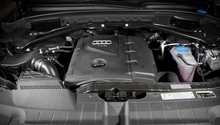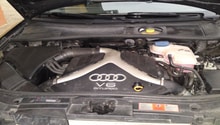Audi A4 B8: Performance Diagnostic Guide
If you feel a reduction in your Audi A4 B8's performance, this is an indication that something just isn't right. Read on to learn how to diagnose and maybe fix the problem.
This article applies to the Audi A4 B8 (2009-2015).
The Audi A4 is a powerful vehicle, German engineered to provide years of quick, fast, accurate performance, and if something goes wrong, that performance will be noticeably decreased. Any number of parts could be responsible for a decrease in vehicle performance, but for a diagnosis at the dealership you'd pay a lot of money before they even get around to fixing it. With a complex modern machine like the A4, the best place to start is by reading any codes from the computer using a VAG-COM system that most owners don't have, but which can be had for about $250 and works with your Windows based laptop. This article with go over diagnosing some common parts that can lead to a decrease in performance, without using the computer.

Materials Needed
- Socket
- Long screwdriver
- Rag
Step 1 – Check engine oil
It could be low.
The engine oil is a good place to start when it comes to anything engine related. If you haven't changed your engine oil in a while, or if you're low on engine oil, your engine can start running rough. The oil inside your engine lubricates, cools, and protects your internal components. Using the dipstick, check the oil level. If it's low, fill it to the line indicated (there is typically a liter difference between the low and full lines). If you haven't changed your oil in 5,000 miles, it may be time to do that even if the oil life indicator still says you have plenty of miles left. When you discover a low oil level, it is important to investigate why it was low. Do you have a leak at a gasket or seal? Is the motor burning oil?
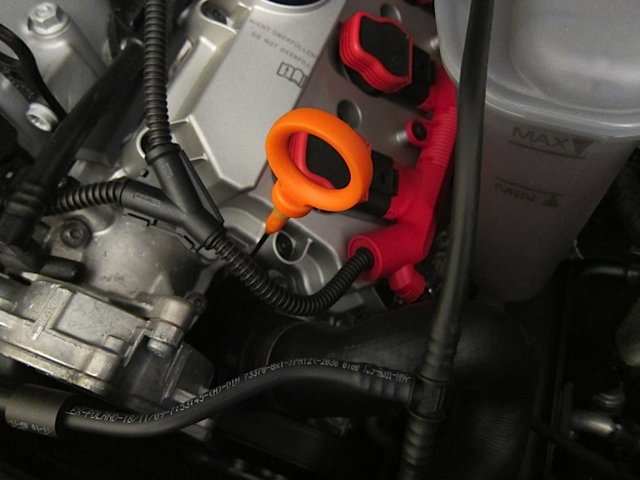
If your oil level is correct, proceed to Step 2.
(Related Article: How to Change Engine Oil - AudiWorld)
Step 2 – Check air filter
It could be dirty and clogged.
Your car needs a good supply of clean air to make proper power, and the air filter is critical to that. The factory recommends you replace it every 15,000 miles, but if you drive someplace very dusty, or if a paper element gets wet, it could lose its ability to pass air properly much sooner. If your engine gets less air than it needs to, the fuel/air mixture will not be correct, and your Audi won't run as well. To check the air filter, simply unclip the two clamps on the air box, towards the engine, then pull the cover off. If it's dirty, or if you haven't replaced it in the last 15,000 miles, replace it to regain some of your lost performance. A good practice is replacing it every other oil change, along with the fuel filter as well.
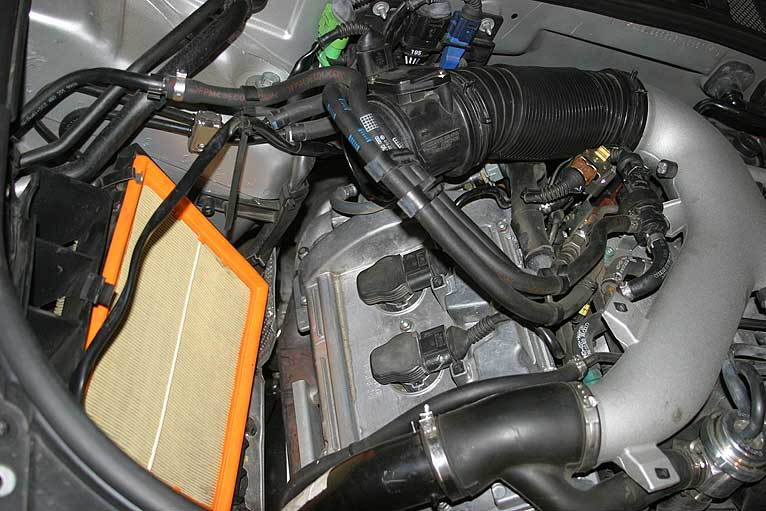
If the engine air filter is clean, proceed to Step 3.
(Related Article: How to Replace Air Filter - AudiWorld)
Step 3 – Check spark plugs and coil packs
They could be fouled, burnt or cracked.
The spark plugs live a hard life in the combustion chambers, providing the needed spark to ignite the fuel, and the coil packs turn low energy 12 volt power into several thousands of volts to make that spark. The recommended intervals for spark plugs replacement is 35,000 miles or six years, and waiting too long will lessen the performance of your Audi. While you are at it, you ought to check the coil packs for signs of cracks, which can allow the high voltage energy to "leak" out instead of flowing to the spark plugs. Check the spark plug wires and boots as well to ensure they show no wear or cracks, and replace them if necessary. Remove each spark plug and examine their tips, they should be a golden brown color, not wet, oily or black. A white tip actually indicates you may have an air leak or a fuel pressure issue.
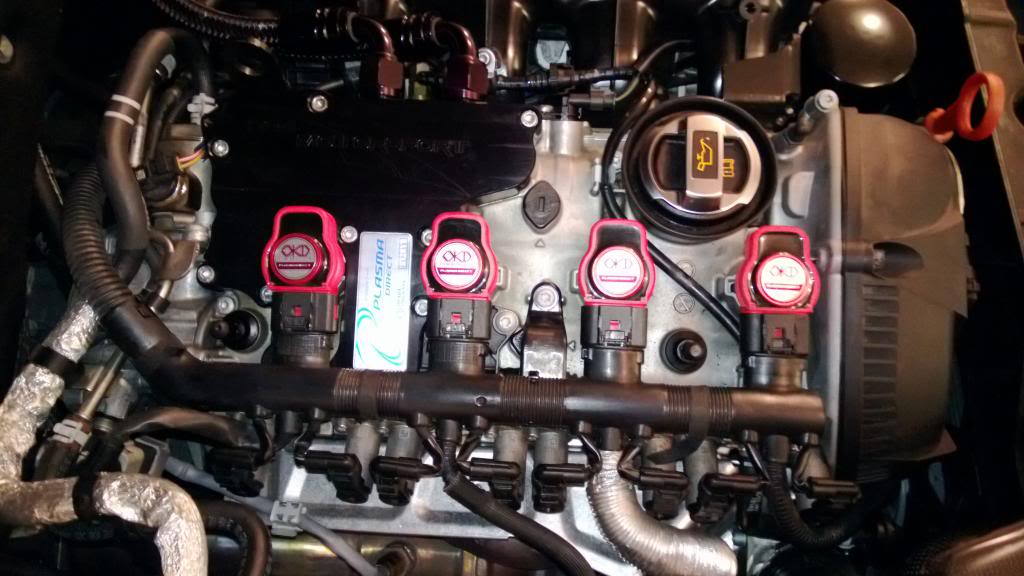
If the spark plugs and coils are in a good condition, proceed to Step 4.
(Related Article: How to Replace Spark Plugs and Ignition Coils - AudiWorld)
Step 4 – Check fuel injectors
They could be dirty or faulty.
The fuel injectors inject fuel into your engine at just the right moment and in just the right amount. They can fail in one of three ways, either by not firing at all, with is rare, or by getting partially clogged, or by leaking. Removing them can be hard because it requires you to remove every part connected to the fuel rail, as they are attached to them. But you don't have to remove them to perform this check. Use a long screwdriver (or mechanic's stethoscope) and place it on each injector with the motor running, place your ear on the other end of the screwdriver and if you hear a buzzing noise, this means your injectors is firing, but if you don't hear anything, you'll need to replace that injector. You can compare the sound of all the injectors to determine if one of them is not closing completely and leaking. A clogged injector is much harder to determine, but you can just try some liquid injector cleaner in the fuel and see if things get better; it is a cheap and easy thing to do even if it does nothing to fix your issue.
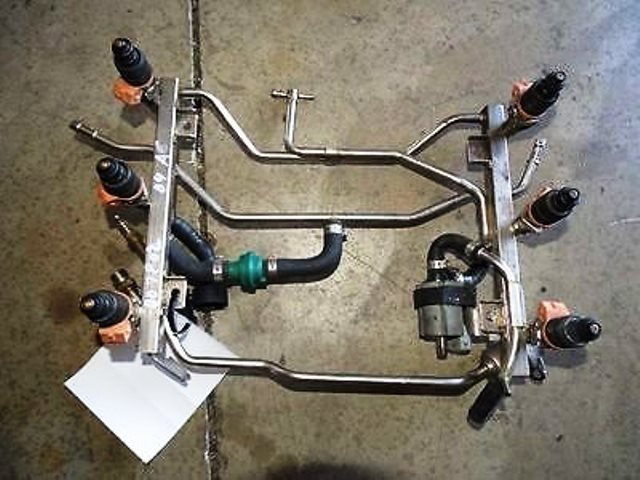
Related Discussions
- Idle and Shudder - AudiWorld
- Shakes When Driving - AudiWorld
- Fuel Issues - AudiWorld

